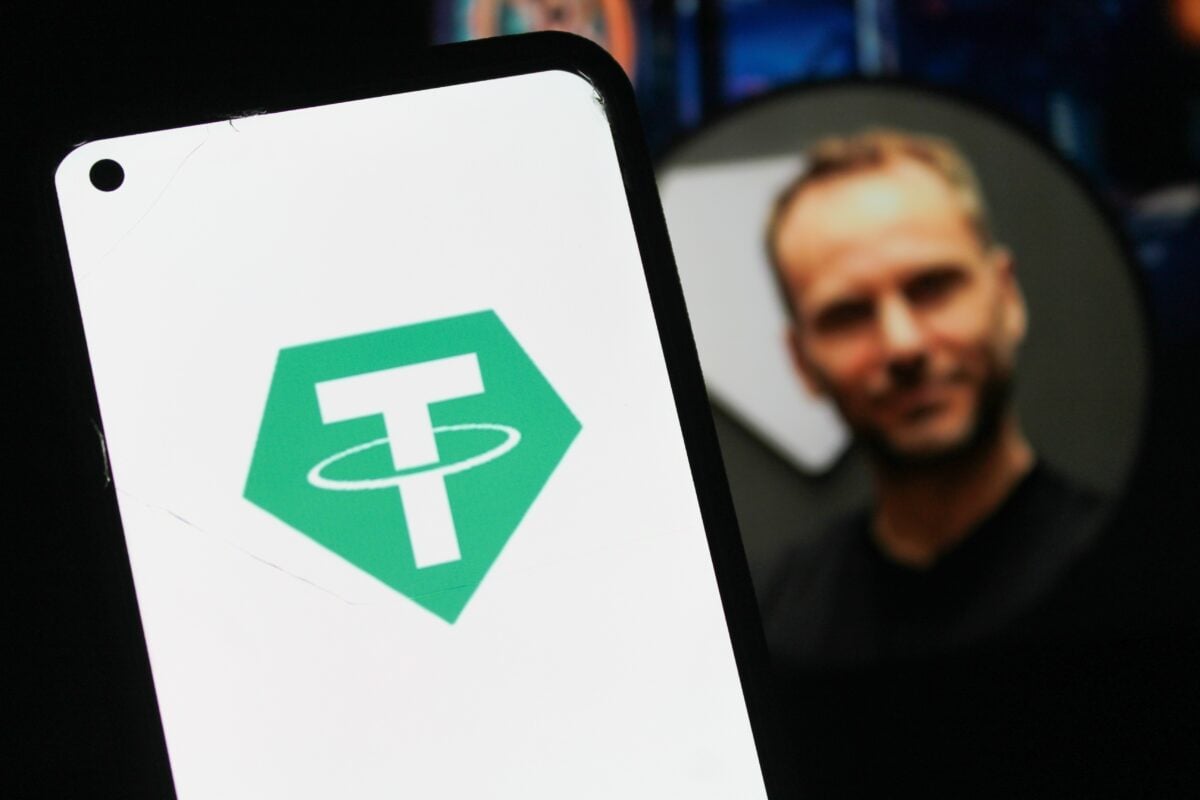TLDRs:
Contents
- Tether CEO Paolo Ardoino predicts up to 1 trillion AI agents could use blockchain to transact by 2040
- These agents would rely on self-custodial wallets and stablecoins like USDT rather than banks
- Tether’s open-source Wallet Development Kit is seen as a core enabler of peer-to-peer AI finance
- Regulatory clarity in the US is accelerating mainstream stablecoin adoption, setting the stage for machine-to-machine commerce
Tether CEO Paolo Ardoino has forecast a seismic shift in how machines interact with money, predicting that as many as one trillion AI agents could be using blockchain technology to transact by 2040.
Speaking on the Big Brain Podcast this week, Ardoino outlined a future where autonomous digital agents, acting without human input, would utilize decentralized technologies to power a new machine-to-machine economy.
At the core of this vision is the belief that these agents will rely on self-custodial wallets to manage their funds. According to Ardoino, traditional banking systems will likely be ill-equipped or unwilling to onboard autonomous entities.
“I don’t think JP Morgan will open a bank account for an AI agent,” he remarked, emphasizing the practicality of using stablecoins and Bitcoin instead.
Ardoino cited Tether’s Wallet Development Kit (WDK), launched in November 2024, as a foundational tool that could enable this vision. The open-source kit is designed to facilitate peer-to-peer, programmable transactions that operate beyond the control of central authorities or custodians.
In this future, Ardoino argued, AI agents would opt for USDT, Tether’s flagship stablecoin, not just because it’s widely used, but because it logically fits within an intelligent system seeking efficiency and liquidity.
Tether’s Peer-to-Peer Vision Aligns with AI Trends
With over $155 billion in circulation, USDT already dominates the stablecoin market, and Tether is increasingly positioning itself as an infrastructure provider for more than just human users. The shift toward peer-to-peer protocols, he argued, is not only strategic but ideological.
“The ultimate goal of Tether is to defend freedom,” Ardoino said, adding that open-source, decentralized tools are essential for keeping technology independent of any one corporate interest.
As stablecoins evolve beyond their role as volatility hedges, their utility in real-world use cases is becoming clearer. Their relative price stability and compatibility with blockchain rails make them ideal candidates for machine-driven transactions, particularly those initiated by AI agents with no human intermediary. Ardoino’s prediction also reflects growing momentum in stablecoin adoption, especially as regulatory clarity improves in jurisdictions like the United States.
Regulatory Green Lights Could Supercharge Adoption
Tether’s prediction comes at a time when lawmakers are beginning to formalize how stablecoins operate under national financial systems.
The recent passage of the GENIUS Act by the U.S. Senate, with its focus on full reserves and issuer transparency, has sparked optimism across the industry. Treasury projections suggest that with such regulatory clarity, the stablecoin sector could exceed $2 trillion by 2028, laying the groundwork for broader machine integration.
A Unique Convergence of Capital, Tech, and Philosophy
Ardoino was quick to point out that Tether’s strength lies not just in its monetary dominance but in its founding principles. Coming from the Bitcoin ecosystem, he underscored that Tether is driven by a mission to preserve individual freedoms in the digital age.
“We’re just trying to make the best out of it and not become evil,” he said, highlighting the importance of maintaining a permissionless, open ecosystem even as commercial use expands.


